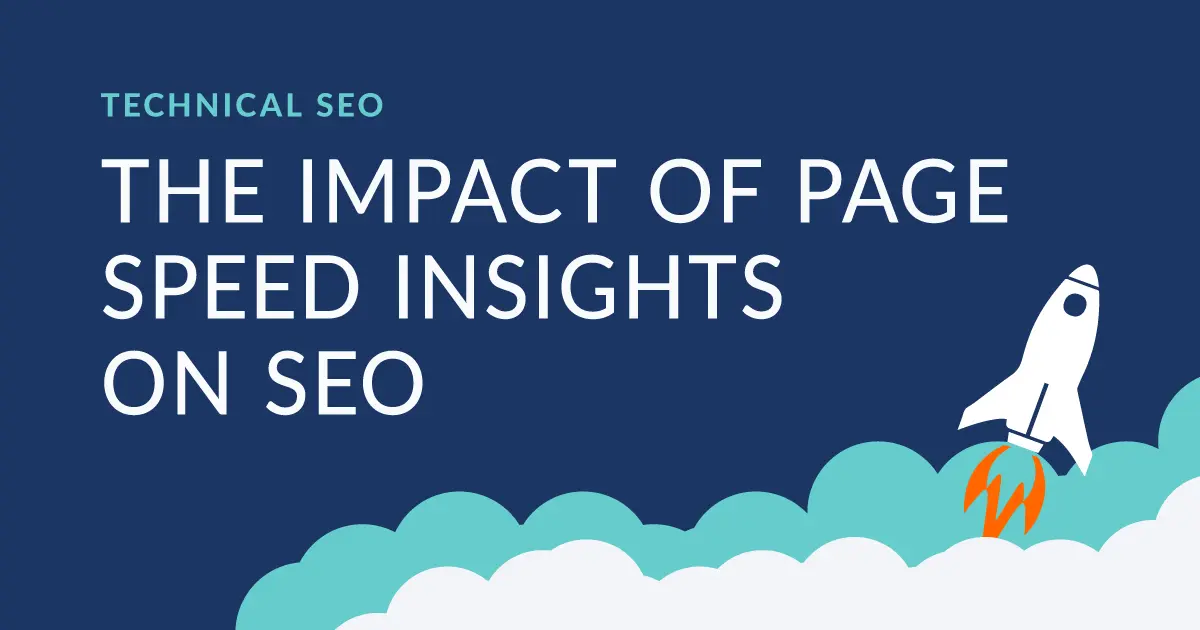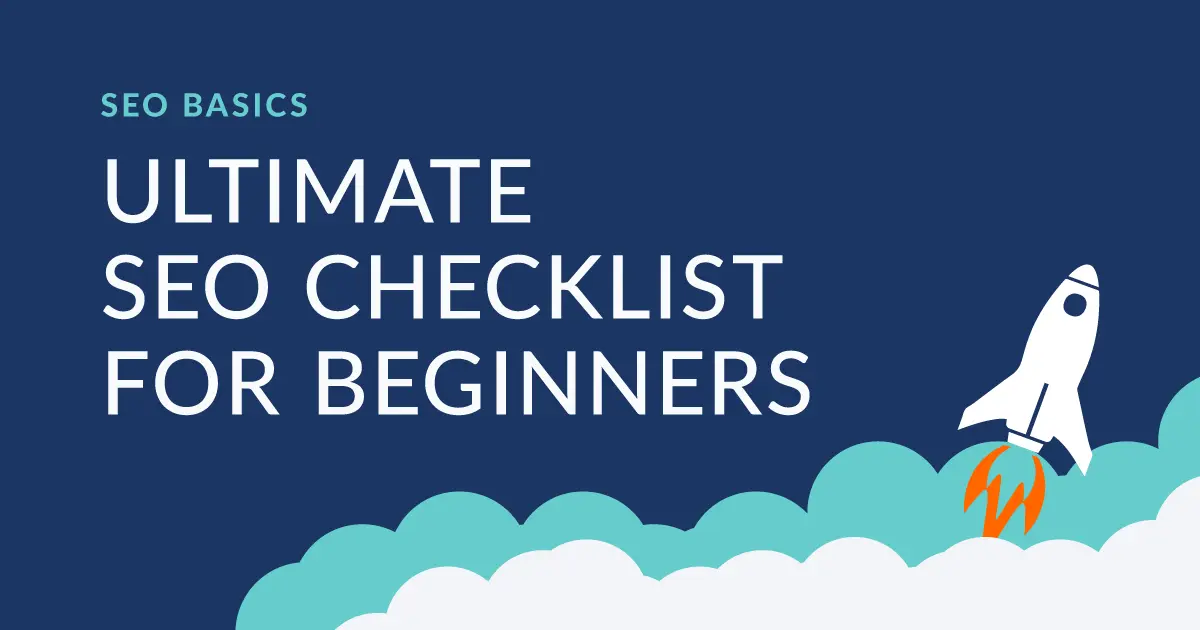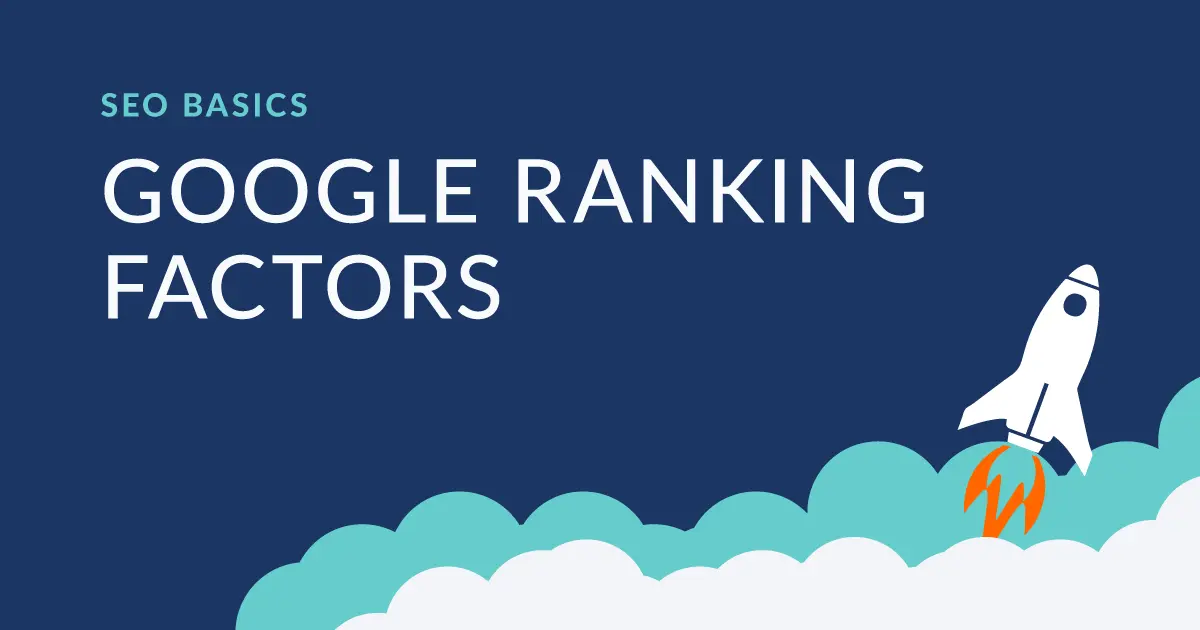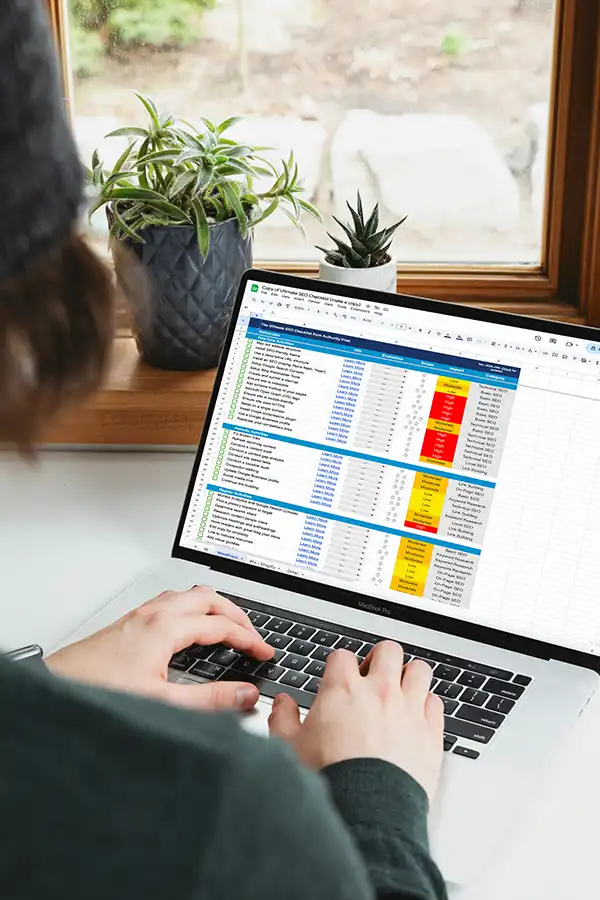Many businesses struggle to rank on search engines, even after investing in quality content and website design. The missing piece is often backlinks — links from other websites that signal trust and authority. Without them, even the best pages can remain invisible.
This link building guide breaks down how to build smart, high-quality backlinks that strengthen your SEO, boost domain authority, and drive real results. Whether you’re new to SEO or refining your strategy, this resource offers practical steps to improve your rankings with confidence.
What is Link Building?
Link building is the process of acquiring hyperlinks from other websites to your own. These hyperlinks—commonly referred to as backlinks—help search engines understand the credibility, relevance, and authority of your content. In simple terms, quality links act like votes of confidence for a website.
Definition of link building
A backlink is a clickable link that directs users from one website to another. Link building, then, is the strategic effort to earn or place those links in ways that improve search visibility. Effective link building isn’t about volume—it’s about acquiring relevant, trusted, and high-authority links that align with your content.
Search engines like Google use backlinks as one of their top ranking factors. According to a Backlinko study, pages with more high-quality backlinks tend to rank higher on Google than those without.
There are many ways to build links, including:
- Manual outreach to request backlinks
- Content syndication that expands reach
- Business listings for local SEO
- Guest posting on industry-relevant websites
For a full overview of ethical link-building practices, refer to Google’s Link Scheme Guidelines to ensure compliance with current SEO standards.
Why backlinks matter in SEO
Backlinks are a core component of off-page SEO. They play a direct role in influencing:
- Search engine rankings: Google sees backlinks as endorsements.
- Domain authority: The more authoritative sites linking to you, the stronger your perceived trustworthiness.
- Referral traffic: Users clicking through from a backlink can become new leads or customers.
- Indexing: Backlinks help search engines discover and crawl your pages faster.
When high-authority websites link to your content, it signals to search engines that your page is valuable and trustworthy. This, in turn, increases the likelihood of higher placements in search engine results pages (SERPs).
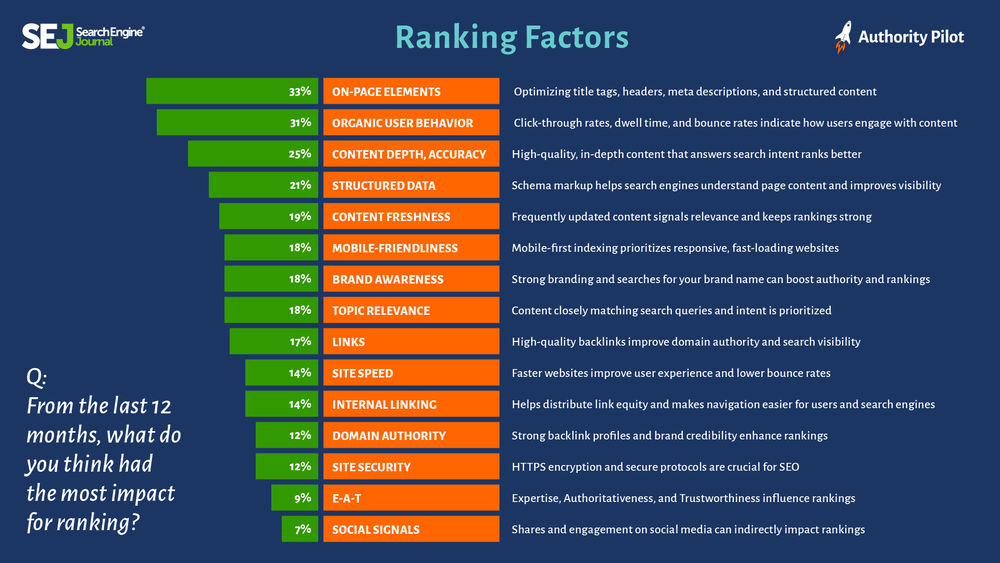
Internal vs. external links
Understanding the difference between internal and external links is key:
| Type | Definition | Purpose |
|---|---|---|
| Internal Links | Links that connect pages within the same website | Improve navigation, distribute link equity, and support on-page SEO |
| External Links | Links that point from one website to another (aka backlinks) | Build authority, increase relevance, and improve off-page SEO |
Internal linking plays a supporting role in SEO by helping users and search engines navigate a site. For a practical example, refer to the SEO Checklist for Beginners, which explains how internal links contribute to overall site structure and crawlability.
Overview of off-page SEO strategies
Link building is just one part of off-page SEO. Other strategies include:
- Social media marketing: Boost visibility and encourage link sharing.
- Online PR and brand mentions: Press releases and mentions in reputable publications can lead to backlinks.
- Influencer outreach: Collaborating with industry experts to secure links from their platforms.
- Business listings and directories: Improve local SEO through consistent directory entries.
- Content syndication: Distribute content across trusted channels to generate backlinks. Learn more on Authority Pilot’s content syndication service.
Each of these techniques supports the broader goal of building authority beyond your website.
Why Link Building Is Important for SEO
Search engines rely on links to assess the value and relevance of web pages. In fact, backlinks remain one of Google’s top three ranking factors, alongside content quality and RankBrain, according to Search Engine Journal. A strong link profile helps websites earn better visibility, improved domain authority, and sustained organic traffic growth.
Role of backlinks in search engine algorithms
Backlinks serve as trust signals. When a reputable website links to your content, search engines interpret it as a vote of confidence. These links help algorithms determine:
- How valuable your content is
- Which pages should appear higher in search results
- What topics your site is most relevant for
The quality, quantity, and diversity of backlinks all factor into how search engines evaluate authority.
“Link juice” is an informal term used to describe the SEO value passed from one site to another through backlinks. When a high-authority site links to yours, some of its authority is transferred to your page.
| Term | Definition |
|---|---|
| Link Juice | The value or equity passed through a backlink |
| Domain Authority | A scoring system (0–100) by Moz predicting how well a site may rank in search |
| Page Authority | A similar score focused on the ranking strength of a specific web page |
Earning backlinks from trusted websites increases domain authority over time. This can result in improved search rankings across your entire domain, not just the linked page.
For context, see Authority Pilot’s explanation of what a backlink profile is, which includes how link equity flows across your site.
What makes a high-quality backlink?
Not all backlinks are created equal. Search engines now prioritize link quality over quantity. Here’s what defines a strong backlink:
- Relevance: Comes from content that matches your niche or topic
- Authority: Originates from a reputable, high-authority domain
- Placement: Embedded naturally within the body of the content (contextual)
- Anchor Text: Uses relevant, descriptive keywords (see What Is Anchor Text?)
- Dofollow Attribute: Passes link equity to your site (unlike “nofollow” links)
Avoid tactics that generate spammy or irrelevant links. These can do more harm than good and may violate Google’s link spam policies.

How to Create Backlinks: Getting Started
Creating backlinks begins with a strong understanding of the types of links that support long-term SEO growth. While some methods are quick wins, sustainable link building depends on ethical practices that align with Google’s guidelines. This section outlines beginner-friendly tactics, highlights what to avoid, and introduces essential link types for any SEO strategy.
Backlinks for beginners
New to link building? Start by focusing on opportunities that offer control, relevance, and visibility. These beginner methods include:
- Business directory listings (e.g., Google Business Profile, Yelp)
- Social media profiles with website links
- Guest posts on industry blogs
- Internal links between blog articles or landing pages
- Resource page submissions (pages that list helpful links)
Using these tactics helps build an initial backlink profile while boosting visibility and credibility.
For a step-by-step approach, visit the SEO Checklist for Beginners and explore Authority Pilot’s business listing services to simplify local SEO efforts.
Natural link building vs. black hat tactics
There’s a clear distinction between ethical (white hat) link building and tactics that search engines penalize.
| Approach | Examples | Result |
|---|---|---|
| Natural Link Building | Guest posting, editorial links, directories, PR mentions | Improves SEO safely |
| Black Hat Tactics | Link farms, private blog networks (PBNs), comment spam, paid spam links | May trigger penalties or deindexing |
Natural links are earned because content is helpful or share-worthy. Black hat tactics may offer short-term gains but usually result in long-term SEO harm. To stay compliant, follow Google’s link-building guidelines.
Manual link building basics
Manual link building involves direct outreach to secure backlinks from other websites. This method takes time but allows greater control over link quality.
Examples of manual strategies include:
- Pitching guest posts to industry blogs
- Reaching out to site owners to replace broken links with your content
- Requesting a link mention for a useful resource you’ve created
Authority Pilot’s link outreach services specialize in this type of outreach, ensuring businesses earn relevant and ethical backlinks.
Understanding dofollow vs. nofollow links
Backlinks come with different attributes that influence how search engines interpret them:
| Link Type | Passes Link Equity? | Purpose |
|---|---|---|
| Dofollow | Yes | Helps improve rankings and authority |
| Nofollow | No | Used for sponsored, user-generated, or untrusted content |
Both link types have value. While dofollow links improve SEO rankings, nofollow links still drive traffic and build awareness. Understanding the difference ensures a balanced and natural backlink profile.
How to Do Link Building for a Website
A strong link building strategy requires more than just finding sites that will link back to you. It’s about identifying what makes your content valuable, setting realistic goals, and building a natural backlink profile that supports long-term SEO growth. This section outlines how businesses can create a structured approach to link acquisition.
Setting link building goals
Before launching any campaign, it’s important to define what success looks like. Common goals for link building include:
- Increasing organic search rankings
- Growing referral traffic
- Strengthening domain authority
- Improving visibility for specific landing pages or blog posts
Setting clear goals helps prioritize tactics, measure progress, and avoid chasing low-value links that offer no strategic benefit. For teams managing SEO in-house, using tools like Ahrefs or SEMrush can help monitor impact over time.
Identifying link-worthy content
Not every page on a website is a good candidate for backlinks. Focus your outreach on content that offers unique value, such as:
- In-depth guides or how-to articles
- Original research or data insights
- Thought leadership pieces
- Infographics and visual assets
- Useful tools or checklists
Pro Tip: If your content solves a specific problem or fills a knowledge gap, it has a higher chance of earning links naturally.
Authority Pilot’s blog and content creation services can help businesses create this kind of link-worthy material.
Building your backlink profile
A balanced backlink profile includes a mix of domains, link types, and anchor texts. Here’s what to consider:
| Backlink Element | Best Practice |
|---|---|
| Source Diversity | Aim for links from multiple unique domains |
| Anchor Text Variety | Use branded, partial-match, and generic anchors (not just exact-match) |
| Link Placement | Prioritize contextual links within body content |
| Link Type | Focus on dofollow, but allow a natural mix with nofollow links |
To better understand your current profile, conduct a backlink audit using tools like Moz or Google Search Console. This helps identify low-quality links, anchor text distribution, and linking domains.
Using anchor text effectively (anchor text optimization)
Anchor text is the clickable text in a hyperlink, and it plays a key role in helping search engines understand the context of your page. Effective anchor text optimization balances relevance with variation. Here’s a quick guide:
| Anchor Text Type | Example | When to Use |
|---|---|---|
| Exact Match | “link building guide” | Sparingly, for highly targeted content |
| Partial Match | “tips for link building” | Common and natural for most backlinks |
| Branded | “Authority Pilot” | Good for homepages or brand mentions |
| Generic | “click here” or “this post” | Best avoided unless context is very clear |
| Naked URL | “https://authoritypilot.com” | Useful for citations or directories |
For a deep dive into best practices, see What Is Anchor Text?.
Proven Strategies for How to Build Quality Backlinks
A strong backlink profile isn’t built overnight. It takes a combination of outreach, high-value content, and proven link building techniques. The methods outlined below help businesses earn high-quality backlinks while staying aligned with best practices.
Guest post backlinks
Guest posting remains one of the most effective ways to earn backlinks from relevant, authoritative websites. When contributing content to industry blogs or media outlets, you can often include a backlink to a relevant page on your site.
Tips for effective guest posting:
- Target sites with high domain authority and strong organic traffic
- Pitch topics that align with both your expertise and the site’s audience
- Use contextual anchor text that adds value to the article
Authority Pilot’s link outreach service helps businesses connect with high-quality guest posting opportunities in their niche.
Content-based link building
Content-based link building focuses on creating resources that naturally attract backlinks. This method is also known as content-led SEO or linkable assets.
Types of content that earn backlinks:
- Ultimate guides or tutorials
- Data-driven studies or research reports
- Industry checklists or templates
- Visual content like infographics
- Tools or calculators
This strategy supports sustainable, natural link building and often pairs well with content syndication. Learn more about content syndication services that can help extend the reach of your linkable assets.
The Skyscraper Technique
Popularized by Brian Dean of Backlinko, the Skyscraper Technique involves:
- Finding top-performing content in your niche
- Creating a more detailed, updated, or visually enhanced version
- Reaching out to sites linking to the original content and offering yours as an improved resource
This technique relies on research, creativity, and outreach—but can lead to powerful authority backlinks from established sources.
Broken link building
Broken link building involves identifying dead links on other websites and suggesting your content as a replacement. It’s a win-win: the site owner fixes a broken link, and you gain a backlink.
Steps to use this strategy:
- Use tools like Ahrefs or Check My Links to find broken outbound links
- Create or match existing content that fits the context
- Contact the site owner with a polite replacement suggestion
Broken link building is a form of manual link building that works best when paired with quality outreach messaging.
Link building outreach tips
Effective outreach is the key to success for most backlink strategies. Here are a few proven tips:
- Personalize your emails – Use the recipient’s name and reference their content
- Offer value – Show how your content complements theirs
- Keep it brief – Clear and concise emails have higher response rates
- Follow up – One polite reminder can make a difference
For a deeper dive, see Authority Pilot’s guide on how to do link building outreach.

How to Create Good Backlinks for SEO
Not all backlinks help your SEO efforts. In fact, low-quality or spammy links can weaken your rankings—or even lead to penalties from search engines. This section outlines what separates good backlinks from risky ones and how to stay aligned with trusted practices.
Contextual backlinks vs. random links
Contextual backlinks are placed naturally within the body of relevant content. They provide value to readers by directing them to helpful resources. In contrast, random or forced links are often found in sidebars, footers, or spammy directories with no clear relevance.
| Link Type | Definition | SEO Value |
|---|---|---|
| Contextual Backlink | Embedded within relevant, readable content | High |
| Random/Unnatural Link | Found in unrelated or low-quality content or comment sections | Low or negative |
Search engines like Google favor contextual links because they help users discover related content in a meaningful way. For best results, aim to earn backlinks through high-quality blog content or guest posts, as outlined in Authority Pilot’s link building strategy guide.
Authority backlinks: What to look for
A high-quality backlink typically comes from a domain that is:
- Relevant to your niche
- Trusted by both users and search engines
- Indexed regularly
- Free of link spam or excessive outbound links
You can use tools like Moz’s Domain Authority or Ahrefs’ Domain Rating to evaluate potential sources. Here’s a quick guide:
| Domain Rating | Link Quality | Recommendation |
|---|---|---|
| 70–100 | Very High | Strong backlink opportunity |
| 50–69 | High | Worth pursuing |
| 30–49 | Moderate | Use with caution |
| Below 30 | Low or Spam Risk | Avoid unless highly relevant |
Getting listed on reputable websites through PR, guest articles, or directories can help grow your authority backlink profile over time.
Avoiding spammy backlinks
Spammy backlinks are links from websites that exist only to manipulate search rankings. These may include:
- Link farms or private blog networks (PBNs)
- Irrelevant forums and comment sections
- Sites with excessive outbound links
- Paid links without proper disclosure
Google’s algorithms are now highly effective at identifying link spam. According to Google’s link spam documentation, such tactics violate its spam policies and can lead to ranking drops or manual penalties.
If spammy backlinks already point to your site, consider disavowing them using Google’s Disavow Tool or conducting a full backlink audit.
Following Google link building guidelines
Staying compliant with Google’s expectations is key to long-term success. The following best practices align with Google’s official link building guidelines:
- Focus on earning links through value-driven content
- Label sponsored or paid links with the proper attributes (e.g.,
rel="sponsored") - Avoid link exchanges and bulk directory submissions
- Use outreach, not automation, to build relationships
When in doubt, stick to white hat link building techniques that prioritize relevance, quality, and transparency. For support, Authority Pilot’s link building services help businesses implement ethical and effective strategies.
Recommended Link Building Tools and Resources
Efficient link building isn’t just about strategy—it’s also about having the right tools to support research, outreach, and performance tracking. Whether you’re a beginner or managing a full SEO campaign, the right software can save time and improve link quality.
Link building tools to streamline your workflow
These tools can help identify opportunities, track backlinks, and streamline outreach:
| Tool | Purpose |
|---|---|
| Ahrefs | Backlink research, competitor analysis, broken link finder |
| SEMrush | Link audits, domain comparisons, outreach workflow |
| BuzzStream | Manage outreach emails and relationship tracking |
| Hunter.io | Find email addresses for link outreach |
| Pitchbox | End-to-end link outreach automation |
These platforms are especially helpful for executing manual link building strategies and finding opportunities through content-based outreach.
Backlink tracking tools and audits
Monitoring your backlink profile helps ensure long-term SEO health. Use these tools to identify toxic links, track link gains, and measure authority growth:
- Google Search Console: Track backlinks pointing to your site and identify issues
- Moz Link Explorer: Evaluate domain authority and linking domains
- Majestic: Review trust flow and citation flow metrics
- Ubersuggest: Discover backlink opportunities and competitive gaps
- SEO SpyGlass: Audit backlinks and disavow harmful ones
To better understand the components of a healthy link profile, review Authority Pilot’s article on what is a backlink profile.
SEO link building best practices and checklists
Staying consistent is easier with a checklist. Here’s a sample link building checklist businesses can adapt:
| Checklist Item | Status |
|---|---|
| Identify link building goals | ✅ |
| Audit current backlink profile | ✅ |
| Research competitors’ backlinks | ⬜ |
| Create link-worthy content | ✅ |
| Build outreach list and templates | ⬜ |
| Track earned and lost backlinks | ✅ |
| Review monthly progress and adjust strategy | ⬜ |
For a full walkthrough of SEO best practices, refer to the SEO Checklist for Beginners. This resource can help new teams align link building efforts with overall SEO goals.
How to Do SEO Link Building Step-by-Step
Successful link building isn’t random—it’s the result of a structured approach, from researching keywords to tracking outreach results. This step-by-step process provides a roadmap for building sustainable, high-quality backlinks that support long-term SEO success.
Keyword research and link targets
Start by identifying keywords that align with your content and audience intent. Use SEO tools like Ahrefs, SEMrush, or Google Keyword Planner to uncover:
- Primary keywords for top-level content
- Long-tail keywords for supporting articles
- Competitor keywords attracting backlinks
Next, identify target pages to promote. These could be:
- Blog posts
- Product or service pages
- Resource guides
- Data-driven content
Explore Authority Pilot’s Keyword Research Guide for more on finding the right terms to support your link building goals.
Outreach email templates
Personalized outreach increases your chances of getting a response. While your messaging should be tailored, here’s a sample structure you can adapt:
Subject: Quick question about your article on [Topic]
Hi [Name],
I came across your article on [Page Title] and really appreciated your insights on [Specific Point].I recently published a related piece that expands on [Complementary Topic]—you can check it out here: [URL].
If you think it would be a helpful resource for your readers, feel free to include it in your post. Either way, thanks for creating such valuable content.
Best,
[Your Name]
Authority Pilot’s link outreach service simplifies this process by identifying targets and managing outreach at scale.
Link acquisition timeline
Building links takes time. Setting realistic expectations helps you stay focused on quality over speed.
| Timeframe | Milestone |
|---|---|
| Week 1–2 | Keyword research, content audit, prospect list building |
| Week 3–4 | Launch first outreach wave and follow up |
| Month 2–3 | Secure initial backlinks, review results |
| Month 3+ | Scale outreach, diversify strategies |
Consistency is key. Avoid spikes in backlink activity, as unnatural patterns may trigger search engine scrutiny.
Monitoring and adjusting your strategy
Track your results regularly using tools like:
- Google Search Console (to view referring domains)
- Ahrefs or SEMrush (for backlink gains/losses)
- BuzzStream (for outreach performance)
Evaluate metrics such as:
- Total backlinks gained
- Domain diversity
- Anchor text distribution
- Referral traffic from links
- Increases in keyword rankings
Then, refine your approach based on what’s working. For example, if content-based link building is outperforming guest posting, shift resources accordingly.
Final Thoughts: Building a Long-Term Link Building Strategy
Building backlinks isn’t a one-time task—it’s an ongoing process that compounds over time. To gain lasting SEO benefits, businesses should focus on building relationships, creating link-worthy content, and refining their strategy based on data.
How to create a sustainable link building process
A sustainable strategy balances effort with outcomes. Here’s how to set up a repeatable system:
- Standardize your workflow: From prospecting to outreach, use templates and checklists to stay organized
- Track outreach data: Use a CRM or spreadsheet to manage contact history, follow-ups, and status
- Prioritize evergreen content: Focus on assets that stay relevant and useful over time
- Leverage internal content audits: Identify top-performing pages that deserve additional backlinks (see How to Conduct a Content Audit)
Sustainability also means avoiding short-lived tactics. Stick with white hat SEO link building methods that earn trust and comply with Google’s evolving expectations.
Common mistakes to avoid
Even experienced marketers can fall into link building traps. Here are frequent pitfalls to steer clear of:
- Overusing exact-match anchor text (risking over-optimization penalties)
- Buying links without disclosures (violates Google’s guidelines)
- Ignoring content quality (low-value content rarely earns links)
- Neglecting link diversity (relying on one tactic or domain type)
Avoiding these mistakes can help maintain a natural, resilient backlink profile that supports steady ranking improvements.
When to consider professional link building services
Managing link building in-house takes time, expertise, and consistency. Outsourcing to a professional team can save resources and improve results. Consider professional support when:
- Outreach efforts are stalled or underperforming
- You need help scaling backlink acquisition
- You’re launching a new site or product and need fast visibility
- You’re cleaning up a backlink profile with spammy links
Authority Pilot offers comprehensive link building services including link insertions, content syndication, and press release distribution—all backed by a strategic, results-driven approach.
Related Resources
For readers ready to dig deeper or take action, the following resources offer detailed insights and services that complement this guide:
- SEO Checklist for Beginners
A structured, step-by-step SEO guide designed for teams new to search engine optimization. - Link Building Services
A full-service solution for businesses that want expert support in acquiring high-quality backlinks. - Link Building Strategy Guide
A deeper dive into advanced link building tactics, outreach, and campaign planning. - What Is Anchor Text?
Learn how to optimize anchor text to improve link quality and relevance in your backlink profile.
These resources offer the next steps for businesses serious about strengthening their authority and driving long-term search performance.




